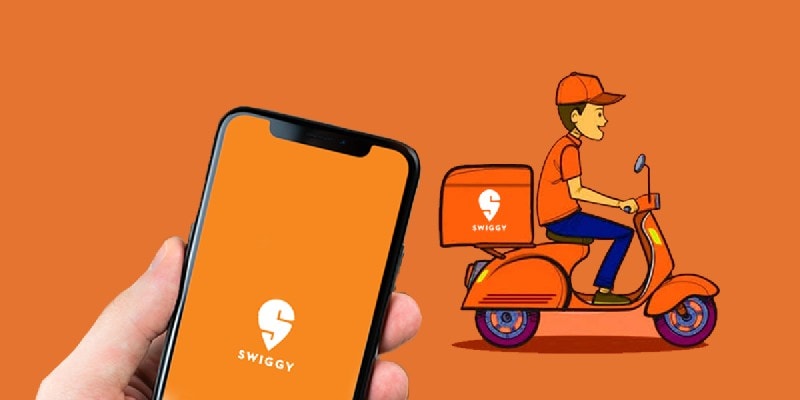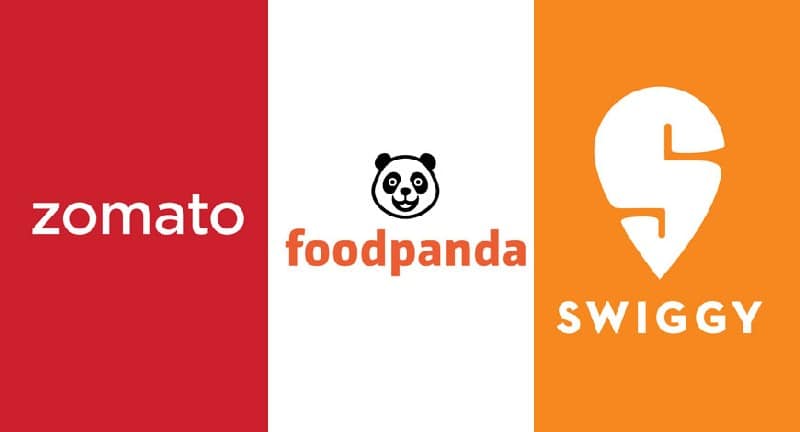Swiggy is a popular online food ordering and delivery platform. The company was established during the year 2014 and is headquartered in Bangalore, India. The company is based out in Bangalore and is currently being operated in about 300 cities across India.
During the year 2019, Swiggy has expanded its business operations into general product deliverables in the brand name of Swiggy stores.
It also started an instant pick up and drop service called Swiggy Go. This service picks up and drops many items that include document, laundry, or parcel deliveries to retail customers or business clients.
The SWOT analysis of Swiggy differentiates all the main strengths, weaknesses, opportunities, and threats that would help the company to increase its sale. Readout this article, to get an understanding of where Swiggy stands.
The SWOT analysis of Swiggy indicates the strengths of the brand. Strength tells all the good things about the brand and its best practices that distinguish it from its competitors.
It shows its weakness that stops the brand from performing well and should focus on to improve. It lists its opportunities that the brand makes use of this to increase its market share and brand value. It also throws light on the threat that has the potential to harm the brand.
To make sure that Swiggy meets the long-term competitive advantage, it must address the various concerns highlighted in the SWOT analysis of Swiggy.
Let us discuss on the SWOT analysis of Swiggy.
Strengths
1. Fast Delivery
Swiggy is famous for its quick delivery service. Its technical platform is prepared in such a way that it accepts orders from customers based on its location, and the food would be taken from the nearest hotel of the customers.
The customers would get the hotels that are near to them in their interface. With this model, Swiggy can efficiently process the orders for every customer.
2. Neat User Interface
For customers to view comfortably, Swiggy has maintained an excellent interface to take their orders. Its user interface is neatly arranged in a way that the hotels are listed, and its menu and rates can be seen on clicking the hotel.
When the customers choose their hotel and food, its payment gateways are also simple, and all the offers that the customers are eligible are listed. Then it takes to the payment process, and the transaction gets completed. Once the order is done, customers can also check the live update of their order.
3. Trained Employees
One main strength of the brand is its trained employees. The front and the back-end teams are well-trained and get the service delivered for the customers.
4. Wide Selection
Yet another strength of the brand is the wide selection it has of the eateries. It provides various selection of eateries at the nearby location and with an extensive menu available there. It would also show you the eateries based on your preference, whether vegetarian and non-vegetarian.
5. Neat Packing
Swiggy delivers food to its customers with a neat pack. The hygiene part is also well-maintained.
Weaknesses

1. Targets Zonal Restaurants
Swiggy takes orders that are only from the restaurants located within the zone of the customers. Many competitors increase the customer’s requirement and expand to more restaurants.
2. Increase in Brand Name
Currently, Swiggy’s brand awareness is less, and it needs to pay more attention to branding. Swiggy should create more marketing strategies to have the right brand image.
3. Delivery Charges
The brand incurs some delivery and packing charges from the customer wherein the total bill amount would increase. So, this is a great weakness for the brand because some customers might hesitate to order through the platform as it might cost an extra amount.
Opportunities

1. Innovator of this Idea
Swiggy was the first online platform for food delivery and the first to get this service to the market. They have shown new methods to deliver food and sees more opportunities to serve the customers.
2. Growing Marketplace
Swiggy sees a vast opportunity in the market as there are many potential customers. They have many people and likely to increase so that it would benefit the brand. When customers increase, the brand also increases.
3. Increase in Market Share
Swiggy can increase its position in the market by showing its place more in the market. It can improve its market share by focusing more on its branding. Swiggy should invest more in branding so that it can be reachable to many.
4. More Service
Swiggy should find ways to incorporate more service in its operations. It should also try ways to cut down on the delivery charges so that there would be more customers flowing in.
Threats

1. Fewer Customers
Currently, Swiggy has few customers, and this is a significant threat to the brand. When there are fewer customers, it would be tough to increase their sales that would impact its profit.
2. Increasing Competitors
Swiggy sees many competitors from a small scale. When new competitors arise, they will give new offers, and at times people might tend to switch to the new brand. So, this way, it is a significant threat to the brand.
3. Increase in Health-Conscious People
Nowadays, people are more health-conscious and prefer less outside food. Not seeing the restaurant location and cleanliness of the place, people would hesitate to order food online. This is a big threat to the brand.
Conclusion
The SWOT analysis of Swiggy mentioned in this article has highlighted the main strengths of the brand that comes up from its fast delivery service, having a neat user interface, having trained and professional employees, including a wide selection of eateries, and packing the food neatly.
Its weakness is seen from its target zone that includes only the customer’s zone, less brand image, and incurring a delivery charge for every order. Its opportunities are seen in being the innovator of the idea, growing marketplace to flourish, and an increase in the market share.
It sees threats from its competitors, having fewer customers, and an increase in health-conscious people who would hesitate to order food online.
